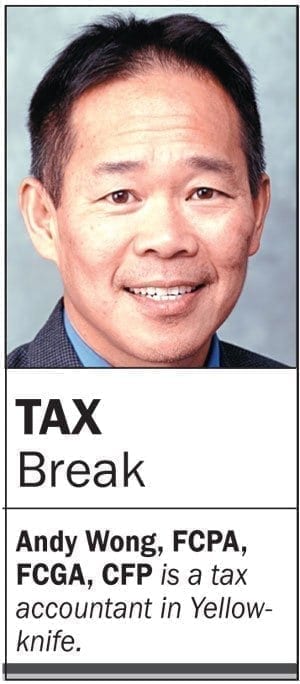The best way to pay for your child’s post-secondary education is by funding a Registered Education Savings Plan (RESP).
 This federal program was created in 1974 to entice parents to save for their children’s education. The program had two nifty tax features – tax deferral and income splitting. You achieve tax deferral because taxes are not paid on investment income earned in an RESP until it is withdrawn down the road. And you get income splitting, because the income is taxable to your child even though you funded the plan.
This federal program was created in 1974 to entice parents to save for their children’s education. The program had two nifty tax features – tax deferral and income splitting. You achieve tax deferral because taxes are not paid on investment income earned in an RESP until it is withdrawn down the road. And you get income splitting, because the income is taxable to your child even though you funded the plan.
Setting up an RESP is simple. You need the child’s social insurance number and an investment broker (or any bank). Once set up, you can put the RESP on cruise control by making automatic monthly contributions into selected investments in the plan.
The RESP is easy to understand if you break it into the three parts that make it up.
Firstly, your contribution. The lifetime maximum contribution is $50,000 and it is not tax deductible. In theory, you can inject a lump sum payment of $50,000 into the RESP when your child is born. This is neither smart nor practical. You likely don’t have that kind of cash. And you will miss out on the second important part of the RESP - the generous Canada Education Savings Grant (CESG).
The RESP really took off in 1998 when the federal government started to pay a matching grant of up to 20 per cent of your annual RESP contribution. The annual grant was limited to $500 – once your annual contribution reached the optimal $2,500. The CESG produced an instant return of 20 per cent, paid into the RESP the month after the contributing month.
The maximum lifetime grant is $7,200. You have to make the 15 annual contributions of $2,500 to get that. You can recover missing grants if you skipped contributions in prior years. This is where the rules get knotty. You can only recover one-years’ worth of CESG's, per calendar year. Say you opened an RESP in 2010 and you paid $2,500 annually from 2010 to 2015 and missed contributing in 2016 and 2017 (2 years’ worth). You should contribute $5,000 for 2018 and 2019 (for 2 years) to recover the missed grant amounts from 2016 and 2017.
The third feature is the investment income earned in the RESP. This income is taxable to your child when it is withdrawn for their post-secondary schooling. Here is another big plus with an RESP. Your child isn’t likely to pay taxes on the investment income because of their personal exemption and education credits, etc.
The future is unpredictable. This is what happens to the contribution, grant and investment income if your child does not attend post-secondary schooling.
Your entire contribution will be refunded to you, tax-free. In fact, the contributions can be withdrawn at your discretion, at any time, regardless if your child goes to school or not. On the other hand, the grant portion must be repaid to the federal government.
The investment income is paid to you, but at a cost. It is subject to two different taxes – your regular taxes and a special 20 per cent tax. Both taxes can be avoided if the investment income is transferred to your RRSP, provided you have enough RRSP room. Your broker and banker will have to maneuver you through this complicated cash-out process using Forms T1171 and T1172.